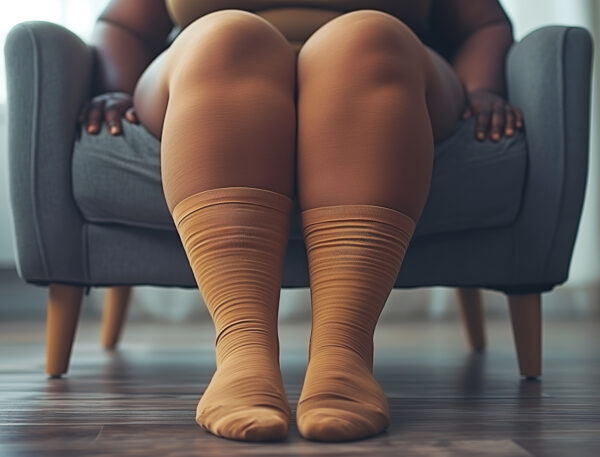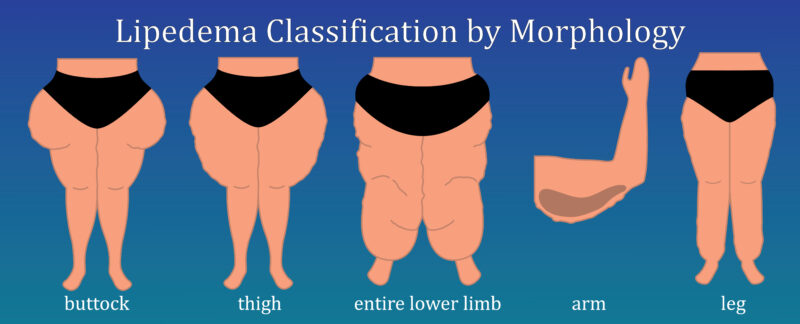Symptoms of Lipedema

Have you been dealing with persistent swelling in your legs, especially in the thighs and calves? Do your legs feel heavy, achy, or painful, even when you haven’t been active? If so, you may be experiencing symptoms of a condition called Lipedema.
Lipedema is a chronic condition characterized by an abnormal build-up of fatty tissue in the legs and sometimes arms. It primarily affects women and is often mistaken for simple obesity or regular weight gain. However, Lipedema is a separate and distinct medical condition that can significantly impact a person’s physical and emotional well-being.
Symptoms of Lipedema may include:
– Swelling in the legs, thighs, and/or arms
– Disproportionately large or heavy legs compared to the upper body
– Pain or tenderness in the affected areas
– Easy bruising
– Sensitivity to touch
– Development of fibrosis (hardened tissue)
Getting Diagnosed with Lipedema:
If you suspect that you may have Lipedema based on your symptoms, it is important to have a clinical diagnosis by a lipedema physician.
Diagnosis should be reached in the context of a thorough patient history and physical exam.
Patient History
Clinicians should complete a detailed history with the patient, taking note if the following symptoms are reported:
-
Family history of similar body type
-
Difficulty losing fat in affected areas
-
Onset/worsening at time of hormonal change
-
Pain, tenderness, heaviness and/or fatigue in affected areas
-
Easy tendency to bruise
-
Decreased functional ability (including mobility)
-
Decreased quality of life
-
History of joint issues
Diagnosis From Marcia Byrd, M.D.
-In order to file for any medical insurance, it is mandatory that you have an inperson consultation with Dr. Byrd.
She will conduct a physical examination to assess the size, shape, and texture of the affected areas
– Medical history review to understand any underlying conditions or family history of Lipedema
VISUAL INSPECTION
-
Bilateral, symmetrical fat accumulation that can appear in a combination of the legs, buttocks, hips, arms and/or lower trunk
-
Disproportion between upper and lower body
-
Lobules of fat may present at hips, medial knees, lateral malleoli, or above elbows
-
Presence of “cuffs” at wrists and ankles
-
Presence of spider veins/varicosities
- Presence of nodular and/or fibrotic texture in affected areas

